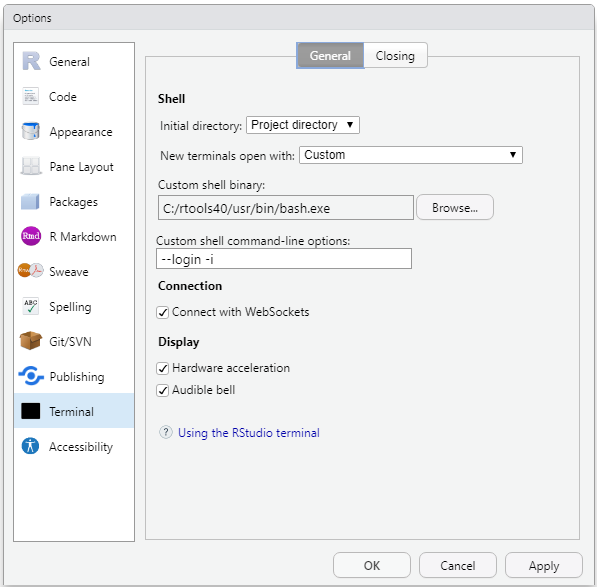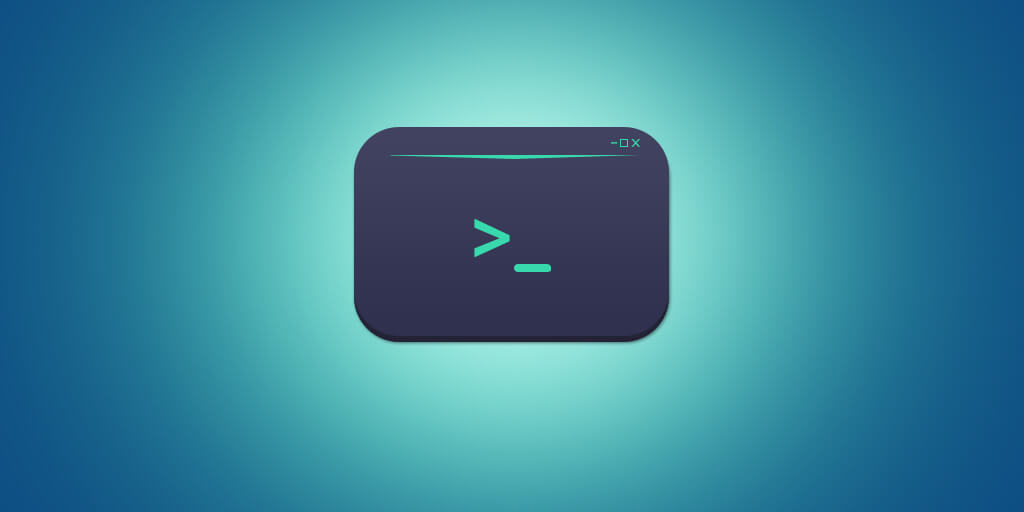
- #WHAT IS ADVANCED MAC CLEANER COMMAND LINE NAME GENERATOR#
- #WHAT IS ADVANCED MAC CLEANER COMMAND LINE NAME CODE#
The commands available in the test: namespace helps in running the different tests you will hopefully write. Rails owes its stability to the use of tests. Rails comes with a test framework called minitest. erb.Ī good description of unit testing in Rails is given in A Guide to Testing Rails Applications You can refer to bin/rails notes -help for information about usage.īy default, it will search in app, config, db, lib, and test directories for FIXME, OPTIMIZE, and TODO annotations in files with extension.
#WHAT IS ADVANCED MAC CLEANER COMMAND LINE NAME CODE#
1.11 bin/rails notesīin/rails notes searches through your code for comments beginning with a specific keyword.


More information about migrations can be found in the Migrations guide. bin/rails db:version is useful when troubleshooting, telling you the current version of the database. The most common commands of the db: rails namespace are migrate and create, and it will pay off to try out all of the migration rails commands ( up, down, redo, reset). If you want to clear public/assets completely, you can use bin/rails assets:clobber. The assets:clean command allows for rolling deploys that may still be linking to an old asset while the new assets are being built. You can precompile the assets in app/assets using bin/rails assets:precompile, and remove older compiled assets using bin/rails assets:clean. Middleware: Rack::Sendfile, ActionDispatch::Static, ActionDispatch::Executor, ActiveSupport::Cache::Strategy::LocalCache::Middleware, Rack::Runtime, Rack::MethodOverride, ActionDispatch::RequestId, ActionDispatch::RemoteIp, Sprockets::Rails::QuietAssets, Rails::Rack::Logger, ActionDispatch::ShowExceptions, WebConsole::Middleware, ActionDispatch::DebugExceptions, ActionDispatch::Reloader, ActionDispatch::Callbacks, ActiveRecord::Migration::CheckPending, ActionDispatch::Cookies, ActionDispatch::Session::CookieStore, ActionDispatch::Flash, Rack::Head, Rack::ConditionalGet, Rack::ETagĪpplication root /home/foobar/commandsapp We'll talk more about that command below. Which database? The SQLite3 database that Rails will create for you when we run the bin/rails db:migrate command. The migration requires that we migrate, that is, run some Ruby code (the 20190416145729_create_high_scores.rb file from the above output) to modify the schema of our database.
#WHAT IS ADVANCED MAC CLEANER COMMAND LINE NAME GENERATOR#
The generator creates the model, views, controller, resource route, and database migration (which creates the high_scores table) for HighScore. $ bin/rails generate scaffold HighScore game:string score:integerĬreate db/migrate/20190416145729_create_high_scores.rbĬreate app/controllers/high_scores_controller.rbĬreate app/views/high_scores/Ĭreate app/views/high_scores/Ĭreate app/views/high_scores/Ĭreate app/views/high_scores/Ĭreate app/views/high_scores/_Ĭreate test/controllers/high_scores_controller_test.rbĬreate app/views/high_scores/Ĭreate app/views/high_scores/Ĭreate app/views/high_scores/_high_ With no further work, bin/rails server will run our new shiny Rails app: You'll use this any time you want to access your application through a web browser.

The bin/rails server command launches a web server named Puma which comes bundled with Rails. If you wish to skip some files or components from being generated, you can append the following arguments to your rails new command: Argument Rails will set you up with what seems like a huge amount of stuff for such a tiny command! You've got the entire Rails directory structure now with all the code you need to run our simple application right out of the box. The first thing we'll want to do is create a new Rails application by running the rails new command after installing Rails. Let's create a simple Rails application to step through each of these commands in context. ĭb:schema:load Loads a database schema file (either db/schema.rb or db/structure.sql. ĭb:migrate:status Display status of migrationsĭb:schema:cache:clear Clears a db/schema_cache.yml fileĭb:schema:cache:dump Creates a db/schema_cache.yml fileĭb:schema:dump Creates a database schema file (either db/schema.rb or db/structure.sql. ĭb:fixtures:load Loads fixtures into the. In addition to those commands, there are:Īssets:clean Remove old compiled assetsĪssets:environment Load asset compile environmentĪssets:precompile Compile all the assets. Server Start the Rails server (short-cut alias: "s")Īll commands can be run with -h (or -help) for more information. Generate Generate new code (short-cut alias: "g")Ĭonsole Start the Rails console (short-cut alias: "c")


 0 kommentar(er)
0 kommentar(er)
